As Darlow Smithson executive director and creative director John Smithson explains, the indie had plenty of experience and - in collaboration with Root and her team - created the concept for a series of real-life survival reconstructions.
Because the globe-trotting, 10-part series involved trips to far-flung locations such as the Yukon and Cambodia and filming in remote mountains with expert guides and mountaineers, it was clearly going to be expensive, so Darlow Smithson approached Channel 4 to co-produce.
Commissioning editor Simon Dickson - now deputy head of documentaries at Channel 4 - had wanted to do something with Darlow Smithson for some time, but for C4 to come on board there had to be 'an additional element'. For C4 it was the moral dilemmas which each survival story in Alive includes.
Dickson explains: 'These are the 'cutting the rope' moments, where the characters have to make tough decisions in survival situations such as leaving their children behind.'
One example was the story of a father and son who are hit by a freak blizzard on a skiing trip in the Turkish mountains and get lost in a 'white out'. The father had to abandon his son in a cave to seek help - although both survived the ordeal.
With C4 and Discovery on board, and Granada International distributing, pre-production on Alive began in October 2004.
The success of Touching the Void meant that although time was tight, expectations were high. Marengo describes the budget of £500,000 per episode as 'high for a documentary but not for the kind of dramatic reconstructions the series involved'. He adds: 'We were looking at 10 single films filmed in far-flung locations in extreme conditions, and to do this we had to strip everything down so we didn't have anything like a full drama crew. The skill was to do this all on limited resources.'
The first step was to shoot interviews with the real-life survivors. Getting the interview right first was crucial, says Marengo. In the interviews with the survivors, a two-way mirror was rigged up, with the interviewer reflected in the mirror and the interviewee looking directly at the camera. Marengo recalls how the black drapes they used added an 'almost confessional feel'.
'During the interviews, people can recall things they had forgotten and sometimes begin to relive the experience, which can get very emotional.'
Drama scenes were then written to reflect the events unfolding in the interview. 'It's an approach we used in Touching the Void, which we call 'living script',' says Marengo. He contrasts this with other docu-drama series, where a writer scripts the films on the basis of research, then the interviews and drama are filmed. 'This kind of approach will always feel 'soapy',' insists Marengo.
The visual style of the series avoids the traditional master wide/mid/close-shooting method of drama. 'We wanted wide, epic shots, and then powerful close-ups. We shot mostly off the tripod; we didn't want a wobbly, hand-held feel, but we did want plenty of energy in the frame,' Marengo explains.
The directors used for the 10-parter had to be experienced in directing dialogue drama, 'but they had to understand documentaries too,' adds Marengo. Skilled make-up artists were also crucial to the series, which includes special effects like sun sores and frostbite.
The shoots were also demanding on the talent signed up by casting director Sarah Trevis. One film about a shipwrecked crew who had been hit by a hurricane off the east coast of the US featured a scene set at sea, filmed in a huge water tank in Malta. Wave machines and dump tanks created four-foot waves, and a jet engine with water in front of it added spray. Props such as debris in the sea required a dive team on standby in case any actors got injured. The cold meant actors needed to be wrapped in space blankets and taken to a specially heated room between takes. With all the noise from the machinery, dialogue was unrecordable so everything was switched off to record sound while the water was still rough, giving actors around 30 seconds to deliver their lines.
Another film about a white-water rafting accident in the Amazon made novel use of Afro wigs. 'It was too risky for the actors, so we had experts in helmets instead,' Marengo explains. 'The real-life survivors wore no helmets, however, so to cover the helmets we added wigs. The only ones we could find, however, were Afros, which worried the director, but in fact it worked out fine - it was all wide shots so there was no way of telling.'
The whole 10-part series was sequentially shot with programmes in different stages of development - from prep stages to shooting to post-production. 'It was pretty full-on - at one stage our schedule looked like a staircase,' says Marengo.
Despite the budget restrictions, Darlow did make occasional use of HD in the first series, including one episode filmed in a snowy wilderness. 'We knew the HD format would give us extra shadow detail and latitude,' says Marengo.
Another episode, featuring a crashed microlight pilot in the African savannah, used HD lenses on a DigiBeta camera, which 'made a really marked difference, because of the quality of the glass and coatings', according to Marengo.
The second series of Alive, given the green light as soon as C4 and Discovery saw the first 10 episodes, will be shot entirely in HD. And there's some good news for Darlow Smithson - there's a 10% budget increase for series two to cover the cost of HD shooting.
TX: Alive
Broadcaster: Channel 4
Producer: Darlow Smithson
Start: 8pm, 16 July
Length: 10 x 60 minutes
Commissioning editor: Simon Dickson
Production credits
Executive producers: Adelene Alani John Smithson Discovery executive producer: Jack E Smith
Series producer: Alex Marengo
DoP: Mike Eley
Line producer: Jo Ralling
Story producer: Claire Forsyth
Director, episode one: Bren Simpson
Producers/directors/writers, episodes two to 10: Matthew Whiteman; Jules Williamson; Nicolas Brown;Nick Copus; Paul Wilmshurst; Renny Bartlett; Ian Barnes; Mary Crisp


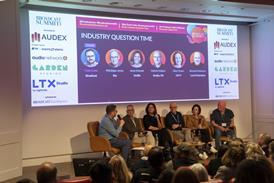





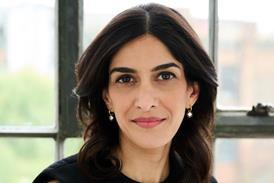
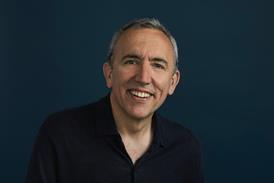
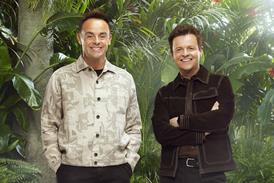
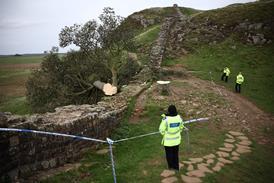
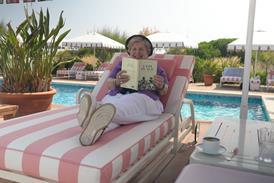

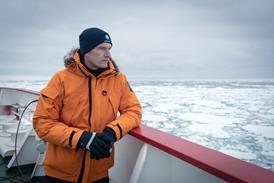



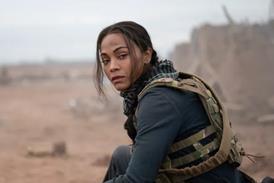
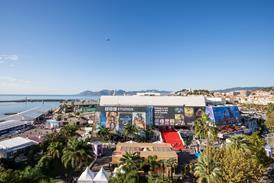

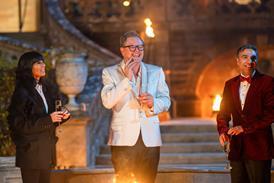
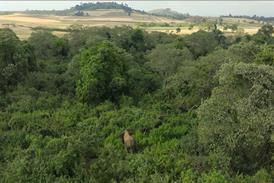



No comments yet